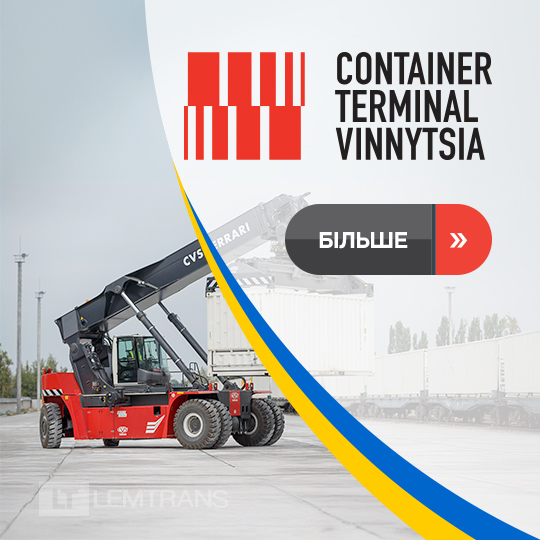Tag: seaport
The terminal has processed about 10,000 tons of cargo (scrap metal and grain) since beginning operation.
Experts with the port’s administration have begun work aimed at securing confirmation of compliance with the environmental safety requirements existing in European harbors
The main aim of the measures is to organize long-term planning of the development of seaports, taking all the port operators engaging in cargo handling into account.
The experience of loading vessels of the Capesize class at the berth is a new word in Ukrainian port logistics.
Dredging work at the Yuzhny port is nearing completion, and cargo owners are already analyzing its benefits. Enhancing the capabilities for working with Capesize vessels will significantly increase the flows of export, import, and transit cargoes.
At the same time, this means that firstly, one Ukrainian port is suitable for the passage of vessels of almost all classes.
All the ports in Finland suspended operation on Wednesday.
As a result of the dredging of the approach channel and waters of the Yuzhny port, it will be possible to accommodate Capesize vessels with a draft of 18.5 meters. The port administration’s head Maksym Shirokov announced this in an interview with the CFTS.
Yuzhny port will be the deepest deep-water port on the Black Sea.
The Russian Railways has submitted an initial application to participate in the privatization of the port of Thessaloniki.
For now, the maximum draft at the port is 17.5 meters.
State-owned port operators handled 35% of the total
This test processing of orders will last 2-3 months, after which a complete switch to electronic processing will be made.
The potential investor in the Yuzhny port is currently the Portinvest company.
Unrefined oil of Ukrainian origin was loaded onto the vessel at the third berth of the state-owned Administration Seaports of Ukraine (ASU).
This provides the capacity to handle vessels with drafts of up to the declared draft near the berths Nos. 5 and 6
The development of the ports as export-import ports is hampered by logistical constraints.
The embassy of Ukraine in the United Kingdom delivered the relevant clarification
The cargo turnover of Ukrainian transport enterprises reduced by 2.8% to 114.2 billion ton-kilometers
The latest step in the reform of seaports may be involvement of municipal authorities in development of seaports. Private businesses propose attracting the interest of local authorities through financial incentives – by transferring part of port charges into municipal budgets. What do mayor’s offices think about this?

